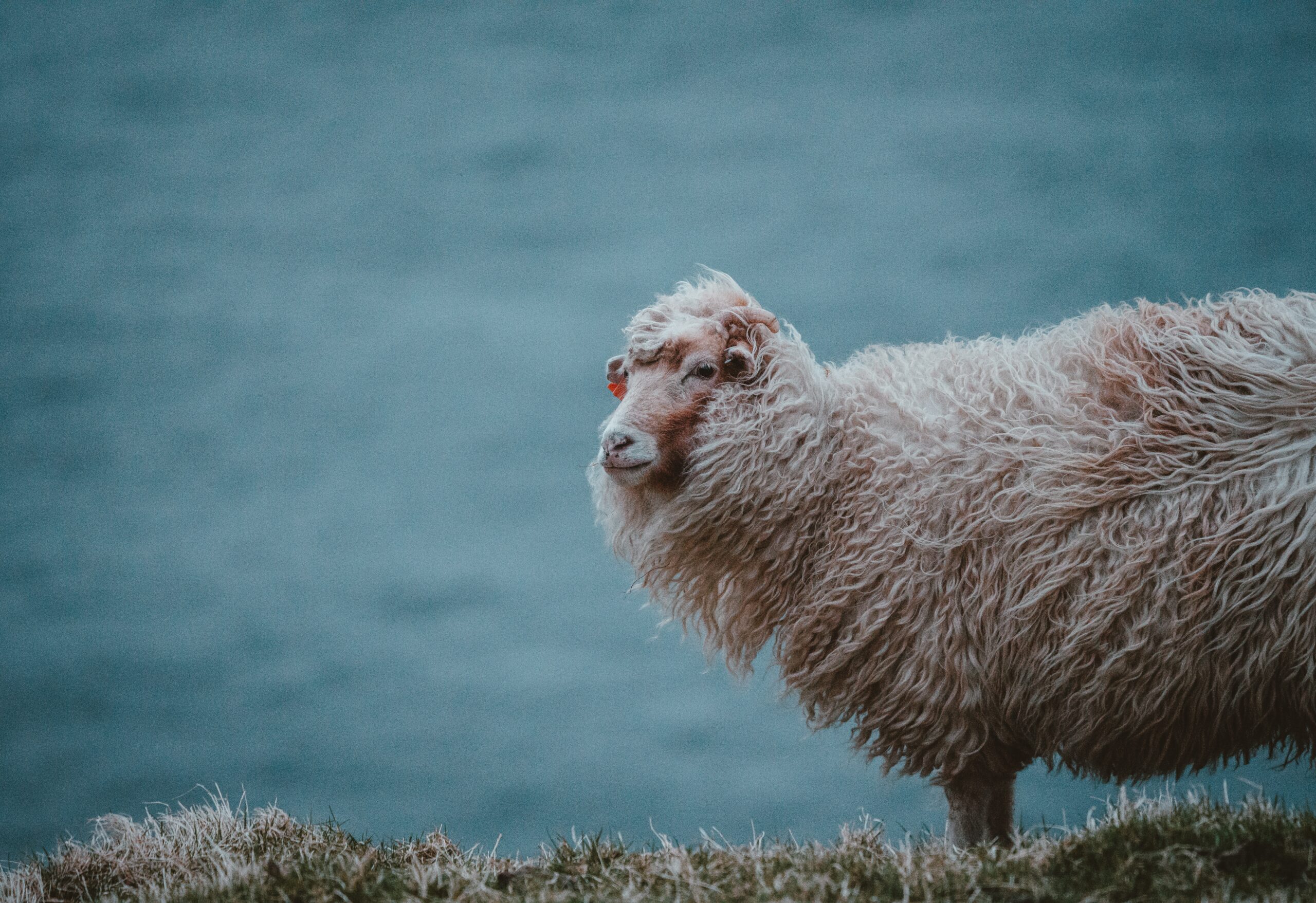Wool is a versatile and popular material used for centuries in clothing and textiles. Wool is known for its natural warmth, softness, and durability, making it an excellent choice for various products. But have you ever wondered how is wool made? The wool production process is a fascinating journey involving several stages, from the sheep’s back to the finished product. This article will explore the steps in wool production, from sheep shearing to creating a finished sweater.
Sheep Shearing: The first step in wool production is sheep shearing, which involves removing the wool from the sheep’s body. Typically, shearers shear sheep in spring when the wool on the sheep has grown long enough to be shorn. Skilled professionals use electric clippers to remove the wool from the sheep’s body carefully. The wool is removed in one piece, called a fleece, which is then sorted based on quality and cleanliness.
Washing and Carding: Once the fleece has been removed from the sheep, it is washed to remove any dirt, debris, and natural oils that may be present. The washing process typically involves soaking the fleece in warm water and detergent, followed by several rinses to remove all the soap. After washing, the fleece is dried and then carded. Carding involves combing the wool fibres to separate them and remove any tangles or knots. This process creates a fluffy, uniform fibre that is ready for spinning.
Spinning: The next step in wool production is spinning. Spinning involves taking the carded wool and twisting it together to create a strong, durable yarn. In traditional wool production, spinning was done by hand using a spindle or spinning wheel. Today, spinning is often done using machines, which can produce large quantities of yarn quickly and efficiently. During the spinning process, the wool is twisted together to create a strong, durable yarn that can be used to create various products.
Dyeing: After the wool has been spun into yarn, it can be dyed to create a wide range of colours. Natural dyes, such as plant extracts and minerals, were used for centuries to dye wool. Synthetic dyes are often used to create a wider range of colours and achieve consistent results. Dyeing is typically done by soaking the yarn in a dye bath, which allows the dye to penetrate the fibres and create a uniform colour. After dyeing, the yarn is rinsed and dried.
Knitting or Weaving: The final step in wool production is knitting or weaving the yarn into a finished product. Knitting involves using needles to create a series of loops, which are joined together to create a fabric. Weaving involves interlacing the yarn to create a fabric. Both processes can be done by hand or using machines, depending on the production scale. Once the fabric has been created, it can create various products, including sweaters, blankets, scarves, and hats.
Conclusion: Wool production is a complex and fascinating process involving several stages, from sheep shearing to creating a finished product. Each step in the process requires skill and attention to detail to create a high-quality product that is soft, durable, and beautiful. Understanding the process of how is wool made can help us appreciate the value of this natural material and the work that goes into creating the products we use every day. Knowing the material’s story can enhance your appreciation for its many qualities, whether you are a knitter, weaver, or simply a wool product fan.
Author Bio : Jamie















You must be logged in to post a comment.